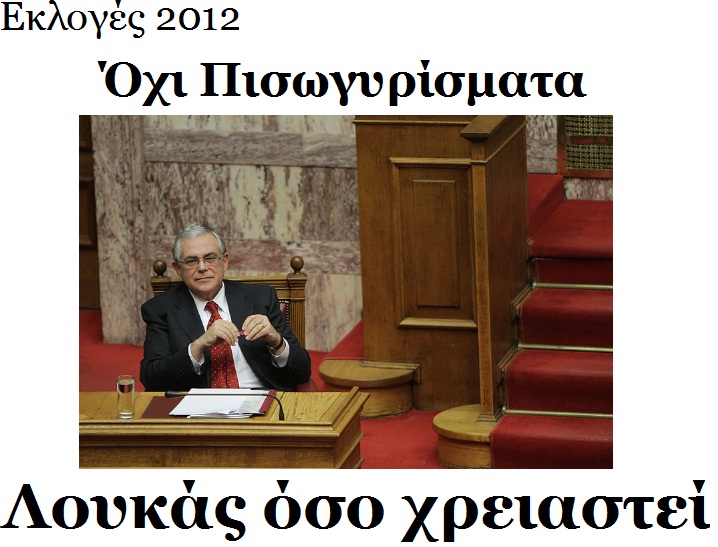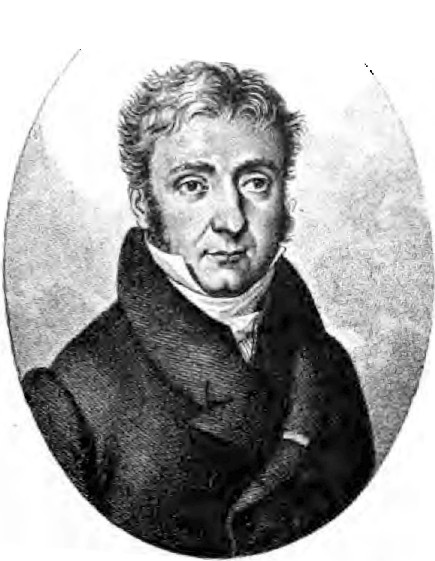<Back to Index>
- Chemist Pierre Louis Dulong, 1785
- Composer Jan Ladislav Dussek, 1760
- Vice Admiral François Paul Brueys d'Aigalliers, 1753
PAGE SPONSOR


Pierre Louis Dulong (12 February 1785 – 19 July 1838) was a French physicist and chemist, remembered today largely for the law of Dulong and Petit.
Dulong was born in Rouen, France. He worked on the specific heat capacity and the expansion and refractive indices of gases. An only child, he was orphaned at the age of 4, he was brought up by his aunt in Auxerre. He gained his secondary education in Auxerre and Rouen before entering the École Polytechnique, Paris, in 1801. He began studying medicine, but gave this up to concentrate on science, working under the direction of Thénard. Dulong succeeded Alexis Thérèse Petit as professor of physics, from 1820 to 1829, then was directeur des études until his death.
In chemistry, he contributed to knowledge on: the double decomposition of salts (1811), nitrous acid (1815), the oxides of phosphorus (1816), the oxides of nitrogen and catalysis by metals (1823, with Thénard). Dulong also discovered the dangerously sensitive nitrogen trichloride in 1812, losing two fingers and an eye in the process.
In 1819 Dulong collaborated with Petit to show that the mass heat capacity of metallic elements are inversely proportional to their atomic masses, this being now known as the Dulong - Petit law. Dulong also worked on the elasticity of steam, on the measurement of temperatures, and on the behavior of elastic fluids. He made the first precise comparison of the mercury - and air - temperature scales. At the time of his death, he was working on the development of precise methods in calorimetry.
In 1830, he was elected a foreign member of the Royal Swedish Academy of Sciences. He died in Paris and his is one of the names of 72 scientists inscribed on the Eiffel Tower.